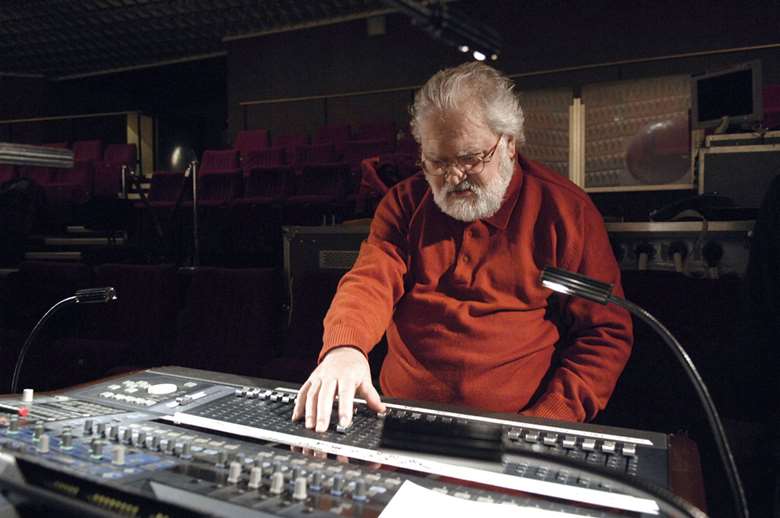Pioneers of Power: the birth of electronic music
Philip Clark
Thursday, July 6, 2017
For composers from Stockhausen to Skelton, electronic music has provided an opportunity to explore the emotional interior of exterior sounds, argues Philip Clark

Register now to continue reading
Thanks for exploring the Gramophone website. Sign up for a free account today to enjoy the following benefits:
- Free access to 3 subscriber-only articles per month
- Unlimited access to our news, podcasts and awards pages
- Free weekly email newsletter







